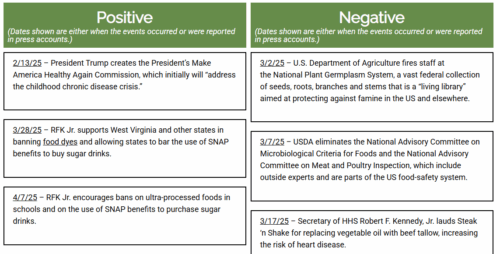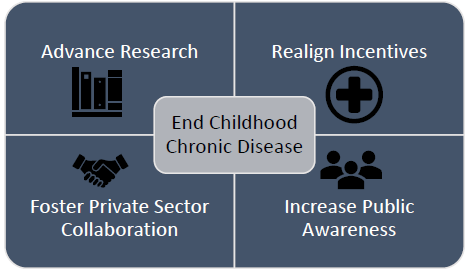What I’m reading: MAGA vs. MAHA
From last week’s The Guardian: “Inside the Republican network behind big soda’s bid to pit Maga against Maha: A Guardian investigation finds the US soda and snack-food industries, threatened by RFK Jr’s movement to change Americans’ eating habits, have turned to a group of well-connected strategists, shadowy pollsters and ‘anti-woke’ influencers.”
The ongoing influence campaign is being spearheaded by the American Beverage Association with help from the Consumer Brands Association, two prominent trade groups in the food industry. Coca-Cola, PepsiCo and Keurig Dr Pepper, the three largest soft-drink corporations in the United States, as well as packaged-food conglomerates like General Mills, Kraft Heinz, Mondelēz and Nestlé, are among those that pay dues for the right to have a say in either or both of the trade groups’ strategies.
All three soda-makers identified the Maha efforts as significant threats to their bottom lines in their most recent annual reports, delivered to investors after Trump nominated Kennedy to be secretary of US Health and Human Services. Coke and Dr Pepper went as far as to suggest such risks would be compounded if unnamed “government officials” were to voice health concerns about their products.The three soda makers did not respond to questions about the lobbying effort.
The article goes on to explain the lobbying methods and paid influencer campaigns, at the federal level but also in states considering legislation on food dyes (which take care of many ultra-processed foods) and restrictions on sodas in SNAP.
Whether the MAHA food agenda is real or a smokescreen (see yesterday’s post), anything useful it tries to do will come up against this kind of concerted, well-funded effort, which may be why the second MAHA report backed off on so many issues.




